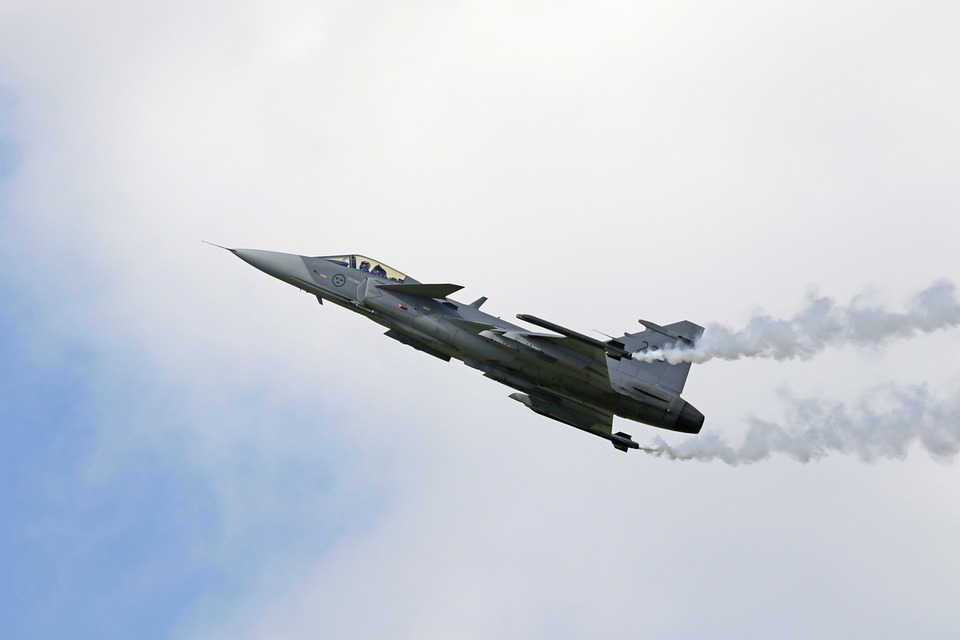The "Street Fighter" franchise, created by Capcom, is one of the most iconic video game series globally, not just for its groundbreaking gameplay but also for its distinctive character design and graphics. Since its debut in 1987, "Street Fighter" has evolved significantly, reflecting advancements in technology, shifts in artistic trends, and the changing tastes of its audience. This article delves into the art of "Street Fighter," examining how character design and graphics have influenced the series’ legacy.
The Evolution of Character Design
Character design has been a cornerstone of "Street Fighter" since the very beginning. From the pixelated sprites of the original game to the highly detailed and animated characters of the latest installments, the evolution of character design can be divided into several key phases.
-
Classic Era: The original "Street Fighter" and its sequel introduced players to a diverse cast of characters, each with unique fighting styles and backstories. Characters like Ryu and Ken embodied the archetypal martial artist, while others, like Blanka, expanded the scope of what a ‘fighter’ could be. This period was marked by simple, 2D sprites, with designs that emphasized exaggerated features and distinct silhouettes.
-
The Alpha and Third Strike Phases: The "Street Fighter Alpha" series and "Street Fighter III: Third Strike" brought about significant improvements in animation and artistic detail. Artists like Akiman (Akira Yasuda) and Daigo Ikeno pushed the boundaries of character design, introducing more fluid animations and intricate designs. It was during this era that we began to see deep character backgrounds woven into their designs, enhancing their narratives and appeal.
-
The 3D Revolution: With "Street Fighter IV," the series transitioned to 3D graphics, redefining visual aesthetics. This iteration combined cel-shading techniques with 3D modeling to create a visually striking mix of depth and style. Characters retained their iconic silhouettes but gained new levels of detail that added texture to clothing and skin, making each fighter more lifelike.
- Modern Era: "Street Fighter V" and beyond continued to refine these visuals by enhancing character expressions and animations. The use of modern tools allowed artists to create dynamic movement and realistic facial animations, adding emotional depth to character interactions. Additionally, the expansion of character rosters has introduced varied designs, allowing room for cultural representation and diversity.
The Role of Color and Style
Color plays a pivotal role in "Street Fighter" character design, often symbolizing the personality and fighting style of each character. Bright primary colors are commonly used for energetic fighters like Chun-Li, while darker tones may be seen in characters like M. Bison, who embodies menace and power. The contrast not only makes characters visually distinct but also reinforces their attributes and thematic roles in the broader narrative.
Moreover, the art style utilized in "Street Fighter" has echoed global artistic influences, blending traditional Eastern art with Western comic book aesthetics. This fusion has allowed Capcom to appeal to a wide audience, ensuring that "Street Fighter" remains relevant throughout generations.
The Impact of Character Movements
Another critical aspect of character design is the animation of movements. Each fighter’s unique fighting style influences their character design, culminating in distinctive animations that reflect their background and ethos. Ryu’s traditional karate movements contrast sharply with Blanka’s wild, animalistic fighting, creating a visual storytelling experience within combat scenarios.
The choreography of these movements is not just about aesthetics but also about gameplay mechanics, affecting how players interact with the game and with each other. The intricacies of movement and combat styles require continual refinement, keeping fans engaged through a combination of visual spectacle and gameplay innovation.
Conclusion: An Artistic Legacy
The art of "Street Fighter" is a testament to the intersection of creativity and technology. With each iteration, character design and graphics have continued to evolve, reflecting not just advancements in gaming but also societal changes. The series successfully combines art and gameplay, delivering a rich tapestry of characters and stories that resonate with players around the world.
As we look to the future, it is invigorating to consider how "Street Fighter" will continue to innovate artistically while staying true to the core elements that have made the series a cornerstone of fighting games. Each character not only serves as a combatant but also as a symbol of the diverse cultures and narratives that unite fans in their love for this legendary franchise.
